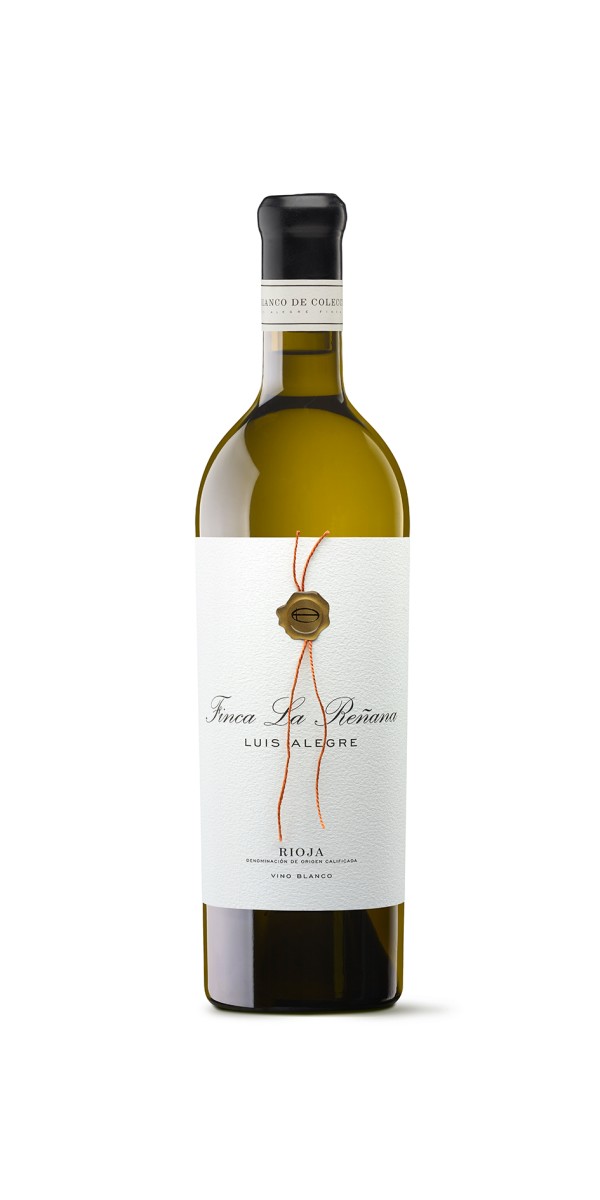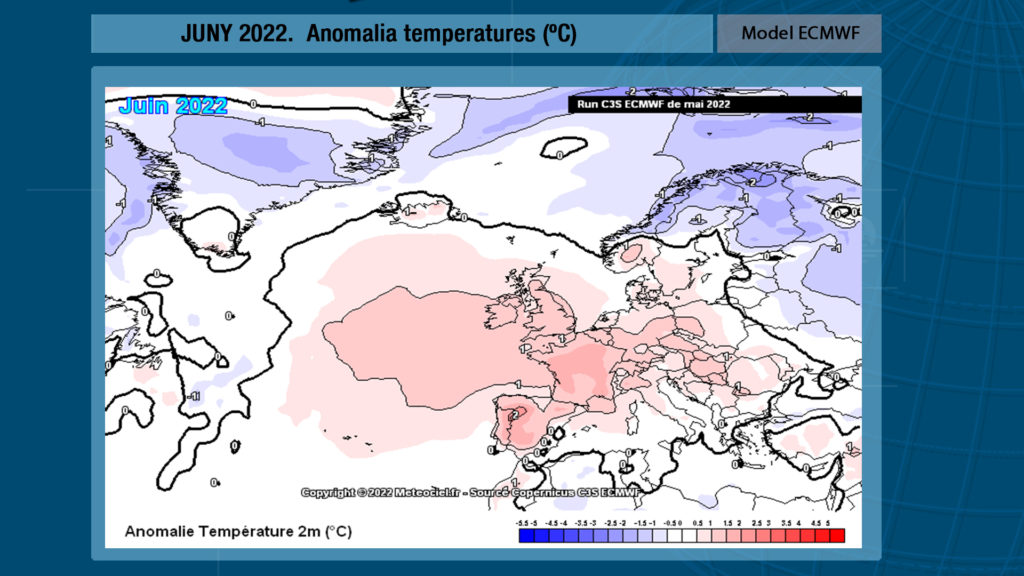Bodegas Luis Alegre Tienda Rioja
89123-3707. Phone Number: 702-376-8772. Fax Number: 702-952-5450. Patients can reach Mountain Vista Orthopedics at 6301 Mountain Vista St Ste 204 Henderson Nevada or can call to book an appointment on …

89123-3707. Phone Number: 702-376-8772. Fax Number: 702-952-5450. Patients can reach Mountain Vista Orthopedics at 6301 Mountain Vista St Ste 204 Henderson Nevada or can call to book an appointment on …

Para hacer lazos de terciopelo paso a paso necesitarás: -1 metro de cinta de terciopelo de 16 mm o 22 mm de ancho de tu color favorito. -Pinzas-clips de pelo …

Un traje azul oscuro puede lucir espectacular con una corbata roja brillante mientras que un traje azul claro se verá mejor con una corbata roja más suave. 2. Corbata gris. …

Islandia. Islandia es además de uno de los territorios con los paisajes más sorprendentes e impresionantes del mundo el país de Europa con mejores datos de COVID al presentar una …

Nova. Cemre ha estado a punto de perder la vida tras el secuestro. Ahora se recupera en el hospital. Nedim ha tenido mucho que ver en su liberación pues gracias …

A los niños les encantan las canciones de animales no sólo les ayudan a conocer mejor el reino animal sino también amplían su vocabulario.En Guiainfantil.com te ofrecemos algunas de las …

Camping Isla de Ons. Ver video. Isla de Ons. Un paraíso en Pontevedra. utiliza el scroll para navegar por la web. Ventajas de reserva. En nuestra web. Os mellores aloxamentos. …

INTERNAL ASSESSMENT MARKS ENTRY (SCHOOL LEVEL) Steps: A. First please visit SEBAONLINE.ORG. B. Please click on the link IA Marks Entry - HSLC Exam 2024. C. Login to the Internal …

Editor. (19 noviembre 2015). 20 Ejemplos respuestas cortas y largas presente simple (do y does) en inglés y español. Celeberrima.com. Última actualización el 28 octubre 2021. Las respuestas cortas afirmativas …